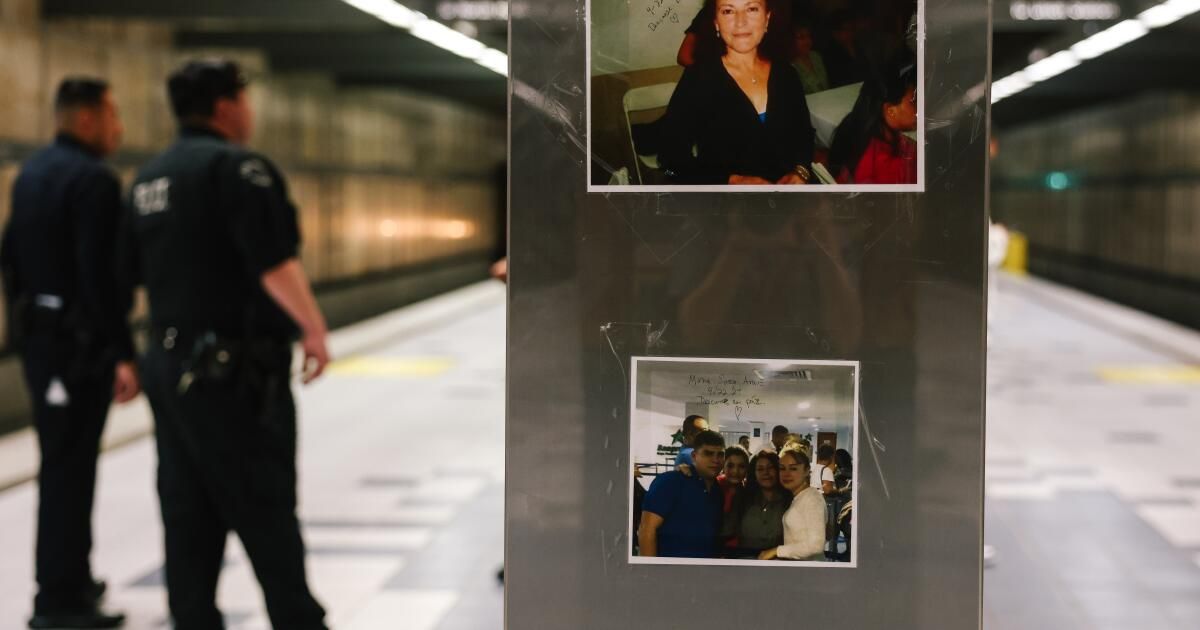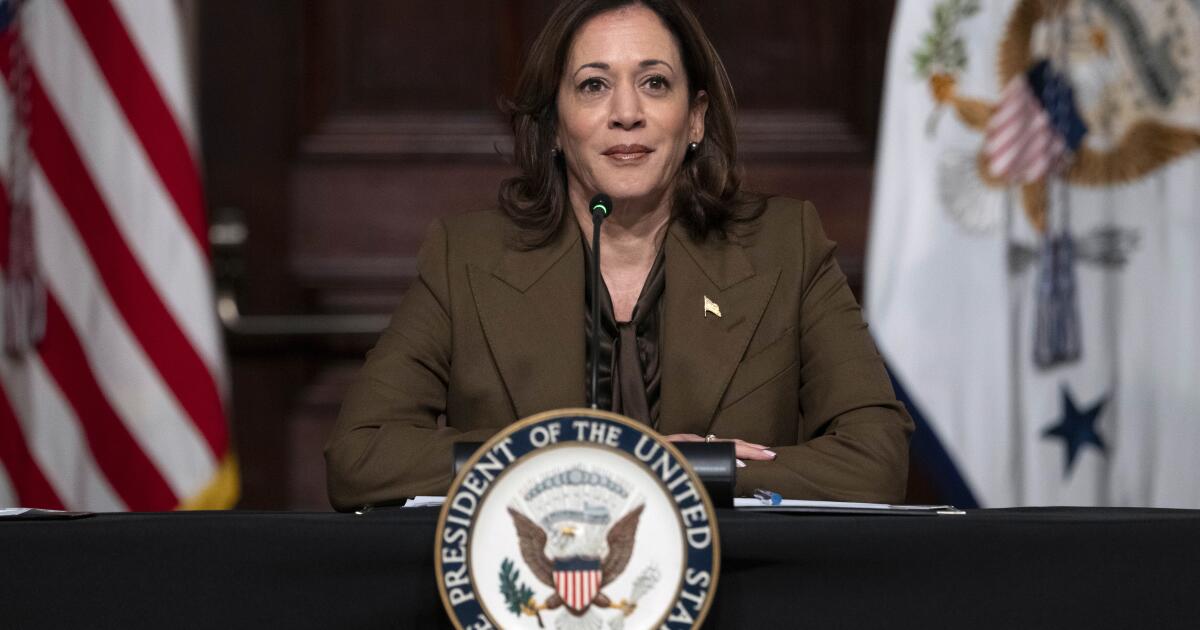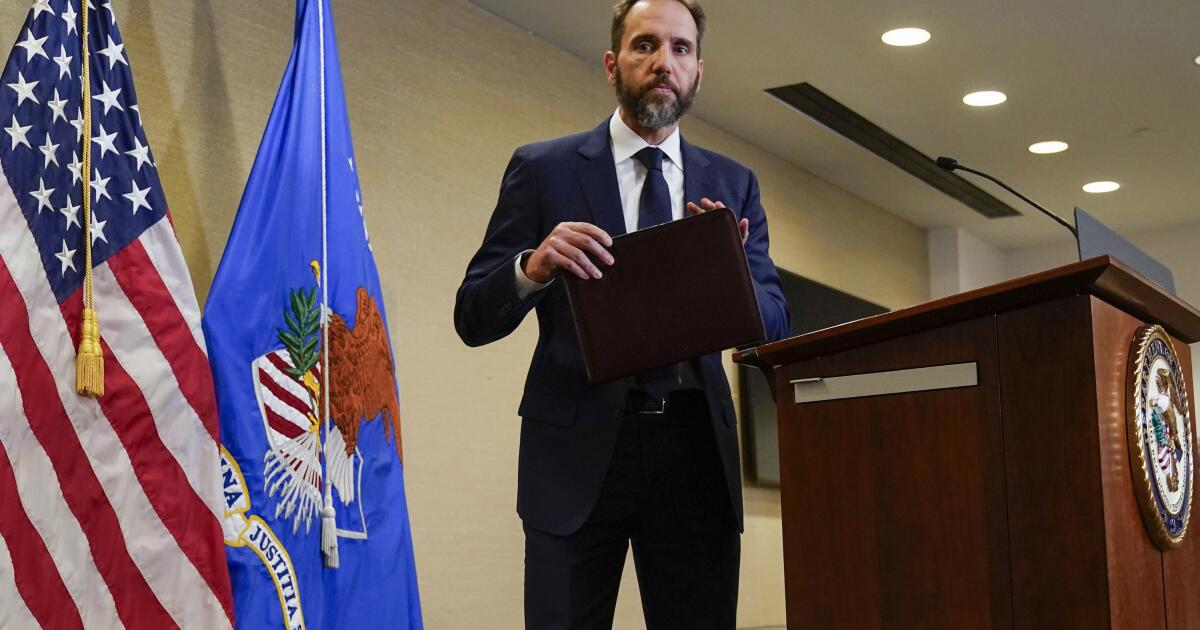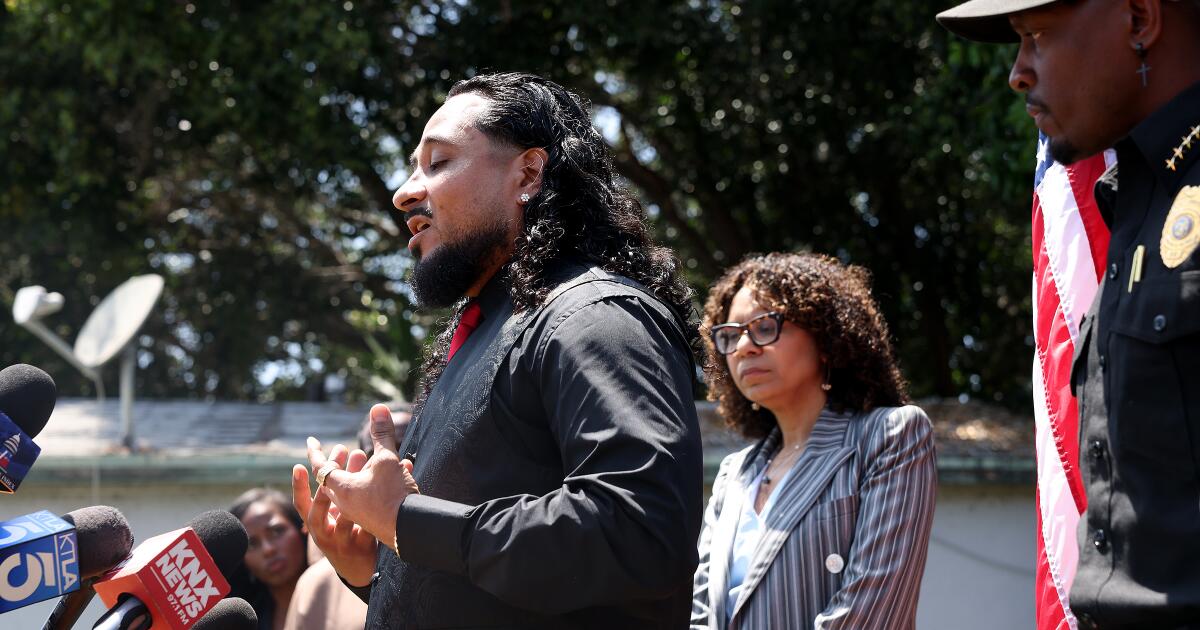Recent violent attacks on the Metro system, including assaults on bus drivers and the fatal stabbing of 67-year-old Mirna Soza Arauz as she walked home from work, present an existential threat to public transportation in Los Angeles.
Taxpayers have invested billions of dollars in train and bus expansions to fight climate change and make it easier for people to get around without driving. Public transportation is supposed to be the backbone of the “car-free” Olympics in Los Angeles in 2028. But if people don't feel safe riding buses and trains, the system will be trapped in a fatalistic spiral and will never get the number of passengers needed to help reduce traffic and air pollution.
It's not just the passengers who are afraid. There was 160 attacks on public transport operators in 2023, a significant increase from 2019, and an operator was stabbed last month in Willowbrook. Declared meter an emergency allowing it to accelerate the installation of fully enclosed protective barriers for bus drivers, although they still went on sick leave on Friday to protest unsafe working conditions.
Metropolitan leaders must commit to making important changes to keep the system safe and viable. One of the ideas agency officials are discussing is the creation of an internal transit police department, which should be voted on by Metro's board of directors in the next month or two. It is worth considering as part of a necessary public security reform.
The current agreement is not working well. For 30 years, Metro has largely outsourced security to law enforcement agencies. At the moment, the Los Angeles County Sheriff's Department and the Los Angeles and Long Beach police departments share responsibility, making accountability difficult. Some of the agencies patrol the system using officers on overtime shifts, meaning they have less day-to-day familiarity with the system and passengers. Officers are responsible for enforcing the criminal code and responding to crime, which is important and necessary, but there is a real debate about what role law enforcement should have in the system.
The vast majority of safety concerns cited by passengers relate to comfort and cleanliness, as well as code of conduct violations. Homeless people sleeping on trains and buses. People experiencing mental health crises. Fare evasion. Drug use or people passed out due to intoxication. Passengers playing loud music. These issues are prevalent throughout the system, but are not addressed consistently, fueling a sense of disarray.
The recent wave of violence shows that there are important gaps in communication and prevention. For example, the man suspected of stabbing Soza Arauz had been prohibited on the subway previously for assaulting a passenger. But there is no regular communication between courts, authorities and Metro staff to flag people with orders to stay away. It is a serious problem if a relatively small number of criminals are allowed to continually harass passengers.
Last year, Metro hired 48 additional in-house security employees specifically to ride buses on routes that have higher-than-average safety and crime concerns. Officers from contracted law enforcement agencies patrol bus stops at the beginning and end of the route, but typically do not stay on problem bus lines. Metro officials want to hire more security personnel to increase the number of teams traveling by bus, which is a good idea to improve conditions for drivers and passengers.
Metro also launched a transit ambassador program to make riders feel safer. Since March 2023, 300 unarmed and trained ambassadors travel on trains and buses providing customer assistance and calling security and social services teams as needed. In a survey of motorcyclists, 63% said seeing an ambassador made them feel safer. And the agency has hired homeless outreach teams and sought mental health training so staff can intervene when someone is in crisis.
Like transportation systems across the country, Metro saw a huge drop in ridership during the pandemic, followed by a rise in safety concerns as people struggling with homelessness, addiction to drugs and mental illness they sought refuge on buses and trains.
While the last few years have been especially challenging, Metro has long had a public safety perception problem. In a 2016 survey, nearly 30% of previous users said they left the system because they didn't feel safe. Respondents said safety and security were greater impediments to public transportation use than the speed and reliability of buses and trains.
Now is the time for Metro to finally develop a comprehensive approach to safety and implement it quickly. That means having consistent personnel, whether sworn police, security guards or other unarmed personnel, who patrol buses and trains every day, develop relationships with operators and travelers, and are empowered to enforce the laws and code of conduct. Passengers deserve safer bus and train service. And Metro is doomed without it.












